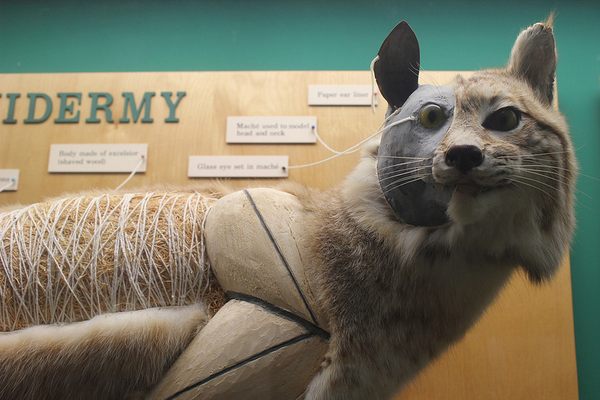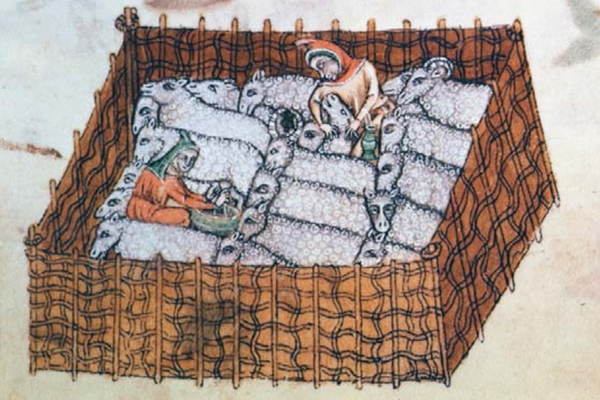Objects of Intrigue: A Pocket Watch Swallowed by a Catfish
Pocket watch swallowed by a catfish (courtesy University of Iowa Museum of Natural History)
Back in the 19th century, a catfish swimming in the Missouri River happened upon a most unusual metallic meal: a fine pocket watch.
The watch was later found in the catfish’s stomach (it’s unclear how long it lived with the indigestible meal, although it’s easy to imagine, although rather unlikely, a Captain Hook-like situation with the catfish tick-tocking along the riverbed). It’s currently in the collection of the University of Iowa Museum of Natural History in Iowa City, which has around 115,000 objects and specimens from zoology, geology, and anthropology. Yet while the majority of these have a scholarly function, others are valued as curiosities, and the catfish pocket watch is definitely one of the most treasured of these unusual objects.
A catfish (photograph by Charlene Simmons)
Trina Roberts, Associate Director of the University of Iowa Museum of Natural History, told Atlas Obscura more about the unusual timepiece:
The museum was founded in 1858, and is the oldest university museum west of the Mississippi River; after more than a century and a half, we certainly have our share of oddities in the collection. This is one of our favorites in the “strange objects” category.
It is a gentleman’s pocket watch — or perhaps more accurately, it’s what’s left of a gentleman’s pocket watch. According to the handwritten note that is with it in our collection, it was found in the stomach of a catfish in the Missouri River near Sioux City, Iowa, in summer of 1882. It is heavily corroded and in multiple pieces — as is probably to be expected for something stuck inside a catfish for a while. We don’t know what happened to the catfish. We can perhaps assume it became a tasty meal for the fisherman, who must have been quite surprised to find a watch when cleaning his day’s catch. Nor do we know what happened to the original owner of the watch, or how he lost his pocket watch to a fish (or to the river) to begin with.
Catfish are bottom-feeders, so the watch may actually have been in the river long before the fish found it. There is some chance that the watch came to us with the collection of Daniel Hector Talbot, a Sioux City businessman and amateur scientist who made important contributions to the Museum of Natural History and to the University of Iowa libraries. After 130 years, though, we may never know the true story.
Detail of the note, stating that the watch was taken from the stomach of a catfish caught in the Missouri River in 1882
Here’s a closer look at the note with the fragmented watch, its gears eroded from its time in a catfish’s belly. However, it’s just one of the many wonders at the museum, which also includes Ice Age specimens like the “Troublesome Creek giant short-faced bear,” thousands of ornithological items, and even artifacts from the Philippines that were displayed at the 1904 St. Louis World’s Fair.
UNIVERSITY OF IOWA MUSEUM OF NATURAL HISTORY, Iowa City, Iowa
OBJECTS OF INTRIGUE is a feature highlighting extraordinary objects from the world’s great museums, private collections, historic libraries, and overlooked archives. See more incredible objects here >
















Follow us on Twitter to get the latest on the world's hidden wonders.
Like us on Facebook to get the latest on the world's hidden wonders.
Follow us on Twitter Like us on Facebook